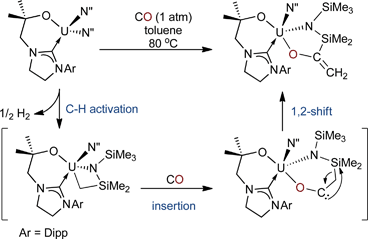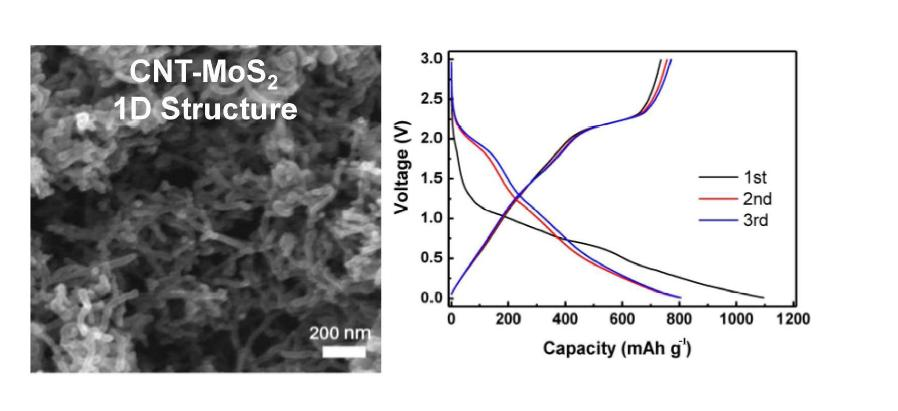This month sees the following articles in Dalton Transactions that are in the top ten most accessed:-
How far have we come?
Robert H. Crabtree
Dalton Trans., 2013,42, 4104-4104
DOI: 10.1039/C3DT90013D
Recent progress in the synthesis of inorganic nanoparticles
C. N. R. Rao, H. S. S. Ramakrishna Matte, Rakesh Voggua and A. Govindaraj
Dalton Trans., 2012,41, 5089-5120
DOI: 10.1039/C2DT12266A
N-Heterocyclic carbene metal complexes in medicinal chemistry
Luciano Oehninger, Riccardo Rubbiania and Ingo Ott
Dalton Trans., 2013,42, 3269-3284
DOI: 10.1039/C2DT32617E
Solvent-modified dynamic porosity in chiral 3D kagome frameworks
Tony D. Keene, Damien Rankine, Jack D. Evans, Peter D. Southon, Cameron J. Kepert, Jade B. Aitken, Christopher J. Sumby and Christian J. Doonan
Dalton Trans., 2013, Advance Article
DOI: 10.1039/C3DT00096F
Highly emissive platinum(ii) complexes bearing carbene and cyclometalated ligands
Haruka Uesugi, Toshiaki Tsukuda, Koichiro Takaoa and Taro Tsubomura
Dalton Trans., 2013, Advance Article
DOI: 10.1039/C3DT32866J
Low-temperature phase of Li2FeSiO4: crystal structure and a preliminary study of electrochemical behavior
Naoaki Yabuuchi, Yuto Yamakawa, Kazuhiro Yoshiia and Shinichi Komaba
Dalton Trans., 2011,40, 1846-1848
DOI: 10.1039/C0DT01523G
Supramolecular lanthanide metallogrids exhibiting field-induced single-ion magnetic behavior
Shu-Qi Wu, Qi-Wei Xie, Guang-Yu An, Xi Chen, Cai-Ming Liu, Ai-Li Cuia and Hui-Zhong Kou
Dalton Trans., 2013,42, 4369-4372
DOI: 10.1039/C3DT50265A
The first heterometallic examples of 3d–4f heptanuclear [MnII 3LnIII 4] complexes with planar disc-like cores and diverse magnetic properties
Jinying Liu, Chengbing Ma, Hui Chen, Mingqiang Hu, Huimin Wen, Honghua Cuiab and Changneng Chen
Dalton Trans., 2013,42, 3787-3790
DOI: 10.1039/C3DT32985B
Zinc sensors with lower binding affinities for cellular imaging
Jin Hoon Kim, In Hong Hwang, Seung Pyo Jang, Juhye Kang, Sumi Kim, Insup Noh, Youngmee Kim, Cheal Kim and Roger G. Harrison
Dalton Trans., 2013,42, 5500-5507
DOI: 10.1039/C3DT33024A
Synthesis and catalytic activity of iron complexes with bidentate NHC ligands
Jianguo Wu, Wei Dai, Joy H. Farnaby, Nilay Hazari, Jennifer J. Le Roy, Valeriu Mereacre, Muralee Murugesu, Annie K. Powell and Michael K. Takase
Dalton Trans., 2013, Advance Article
DOI: 10.1039/C3DT32551B
Why not take a look at the articles today and blog your thoughts and comments below.
Fancy submitting an article to Dalton Transactions? Then why not submit to us today or alternatively email us your suggestions.











![Recyclable calix[4]arene–lanthanoid luminescent hybrid materials with color-tuning and color-switching properties](https://blogs.rsc.org/dt/files/2013/04/GA1.gif)






